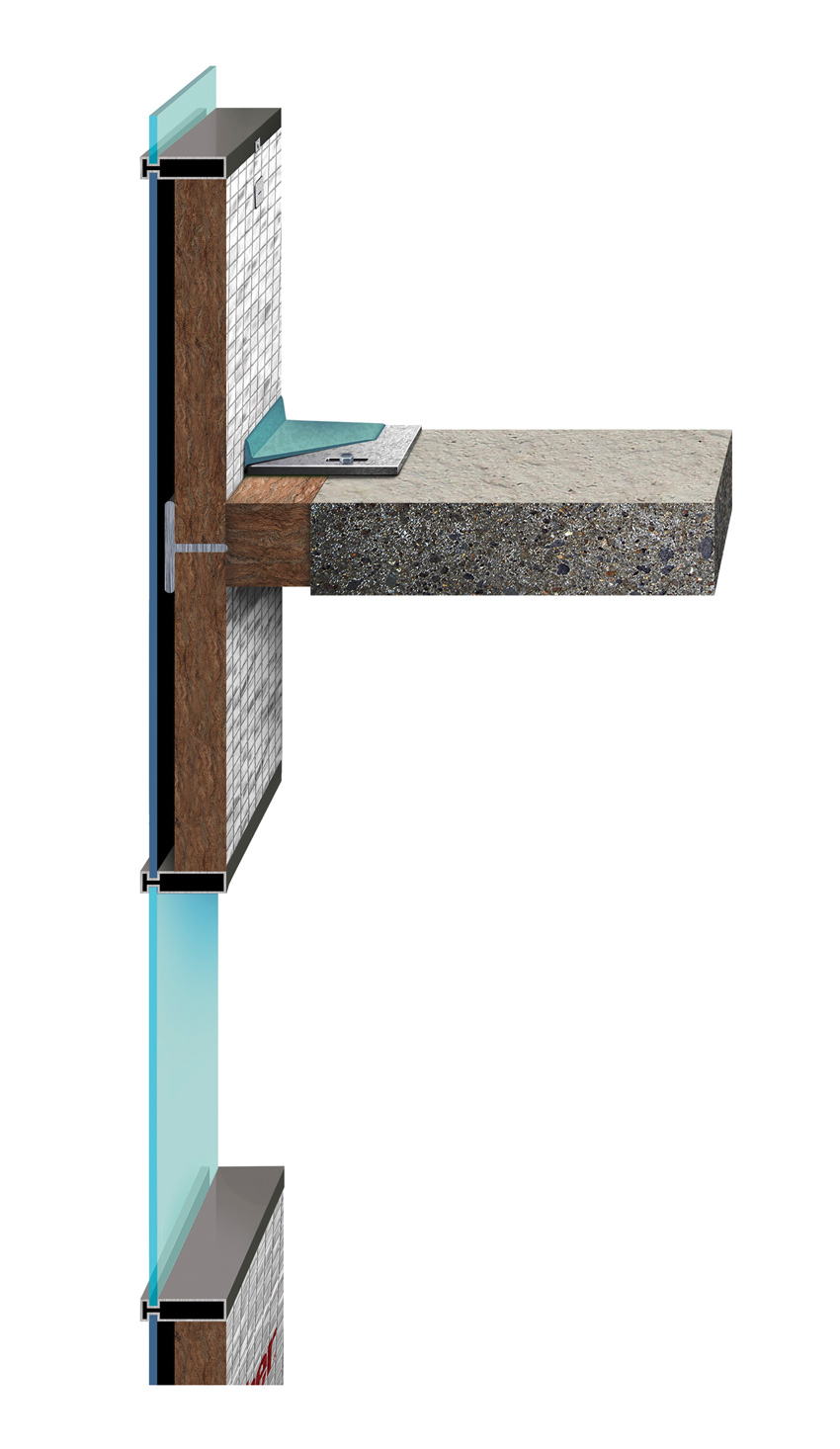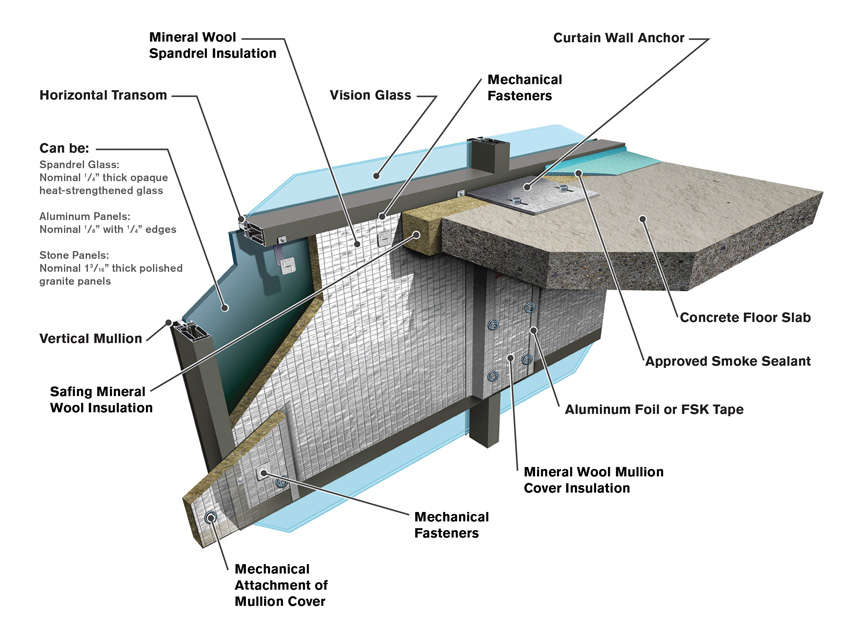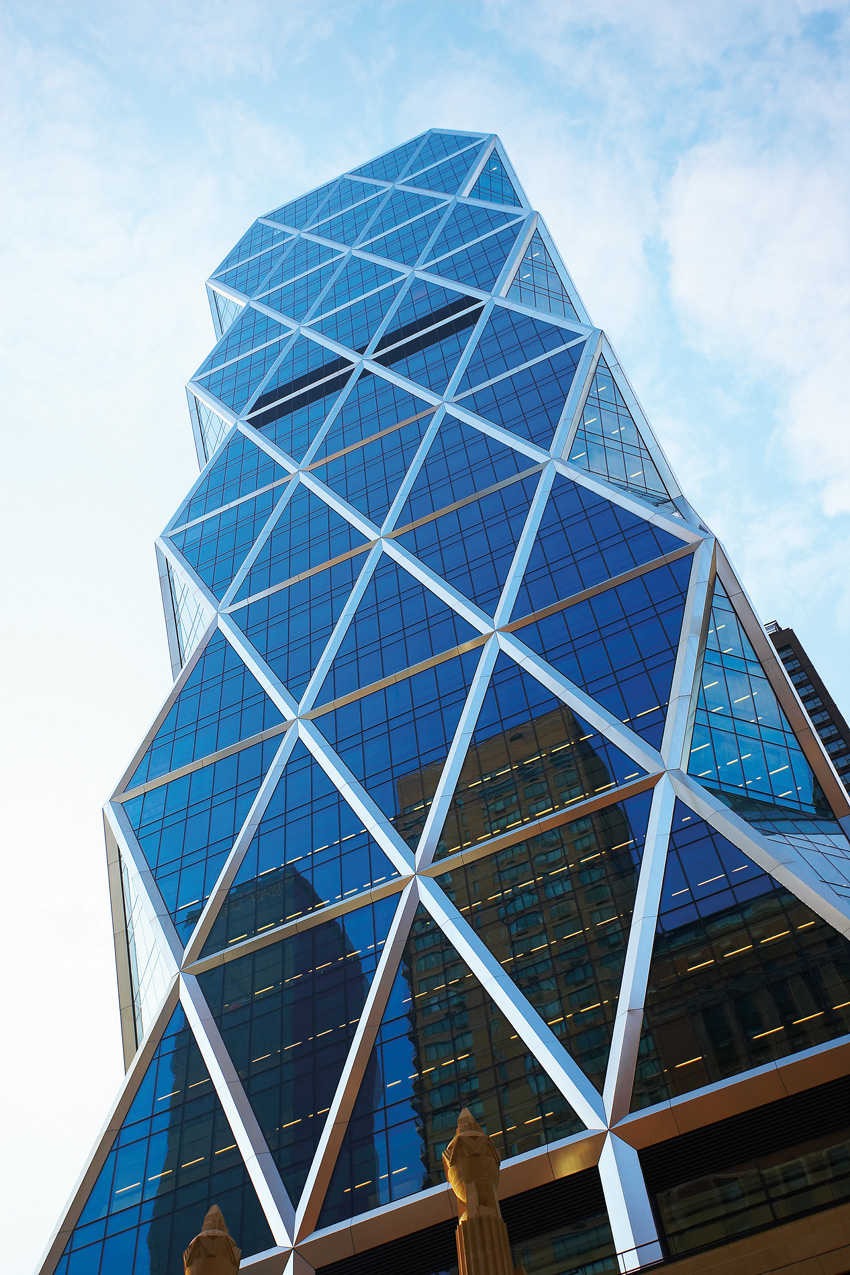Perimeter Fire Containment and Engineering Judgments
Learning Objectives:
- Identify the main design components of a successful perimeter fire-containment system, and explain how the system is designed to protect the safety and welfare of building occupants.
- Define what an engineering judgment (EJ) is, and describe the key elements of a high-quality EJ.
- Describe and explain the differences between the three issuing parties of EJs—labs, fire-protection engineering (FPE) firms, and manufacturers of fire systems—and the role each plays in ensuring the safety and welfare of building occupants.
- Explain how EJs are useful to the design and construction community as a whole in terms of identifying stakeholders and attributing liability, as well as the role that different stakeholders have in ensuring occupant safety and welfare.
Credits:
This course is approved as a Structured Course
This course can be self-reported to the AANB, as per their CE Guidelines
Approved for structured learning
Approved for Core Learning
This course can be self-reported to the NLAA
Course may qualify for Learning Hours with NWTAA
Course eligible for OAA Learning Hours
This course is approved as a core course
This course can be self-reported for Learning Units to the Architectural Institute of British Columbia
On June 14, 2017, just before 1 in the morning, a fire started in a kitchen on the fourth-floor apartment of the 23-story Grenfell Tower in the North Kensington neighborhood of West London. Within half an hour, the fire had traveled up the building’s exterior, and within the hour it had consumed all four sides of the structure. By 3 in the morning, all of the upper floors were engulfed in flames. According to a fire-safety engineer who reported on the event to the Grenfell Public Inquiry, the fire spread vertically and then took a lateral path along the cladding above and below the window lines and the panels between the windows.1 Photos from the night confirm this claim.

All images courtesy of Thermafiber
Curtain wall, joint, and floor slab
Seventy-two people died in that fire. Many died because of how rapidly the blaze spread and because of the property’s “stay put” policy. This policy was in place because the building was designed to contain a fire in a single flat until firefighters could extinguish the fire, thus keeping everyone else in the building safe. Fortunately, some residents ignored the policy and evacuated the building. Others did so only after the fire commander ordered people to “make efforts to leave the building.”2
Over the course of the following day, the building continued to burn, finally dying out nearly 24 hours after it had first started, with more than 100 flats destroyed.
Nearly a year and a half later, an ongoing independent public inquiry is still looking into how and why the fire spread, as well as other aspects of the tragedy. The window and exterior cladding design and a lack of sprinklers are believed to be the primary causes of the rapid fire spread, with the continuous insulation application and cladding not being tested to NFPA 285.
The Grenfell Tower fire made issues of fire safety in newer and renovated high-rise buildings a priority; the rate at which the tower burned and the lives lost hit home for everyone in the building and fire-safety professions. And this tragedy has meant that a lot of people are looking at these buildings differently than they had before and focusing on ways to improve fire safety. This is a good thing, but it also can be extremely complicated, and it requires that everyone involved in the design and construction process—including inspections—work together and communicate their concerns to ensure that nothing gets overlooked.
One challenge has been that when it comes to high-rise fire safety, most people assume that the building has been designed and built to meet all fire codes and that the structure is safe. Architects assume this, building owners assume this, and building occupants assume that their safety is a priority. In some cases, however, where the building has been signed off as being safe, it actually is not, resulting from a feature common in buildings with curtain walls. This feature is a void, located between the fire-rated floor slabs and the edge of the nonrated curtain wall, and it is frequently overlooked in fire-safety design. Sometimes, since the void space is hidden from view after construction, it is not protected with the proper system that seals the joint or protects a portion of the exterior curtain wall in order to keep the joint material in place. Other times, a curtain wall is attached as part of a building renovation. Regardless of the situation, a building that does not have an appropriately designed and properly tested system is a serious fire risk. That unprotected space at the edge of the slab immediately acts as a chimney for fire and hot gases, and that means that the fire will easily spread from floor to floor.
Perimeter fire-barrier systems, also called perimeter containment systems or “firestops,” are designed to protect buildings from having fire, hot gases, and toxic smoke travel upward into other levels through the floor-slab edge and the exterior assembly, or curtain wall. By blocking openings and properly protecting a portion of the exterior curtain wall with tested and rated fire-resistant materials, they can help contain the fire to the room of origin and give building occupants time to escape. The tricky part is making sure that the fire-ratings of the firestop systems and sealants match the fire-ratings of other building components.
The void between the floor slab and the curtain wall tends to be anywhere from 1 to 8 inches, although in some buildings it can be more. While that space may seem insignificant in comparison to the size of the overall building, it’s important to realize that in fact is quite the opposite, especially when the building as a whole is taken into account. Take, for example, a building with a floor plate size of 200 by 200 feet, or 800 lineal feet. An unprotected joint that is 3 feet wide will create 200 square feet of open area (i.e., a “chimney”) just on one floor. The square footage of open air will be multiplied by the number of floors on the building.3 That open space not only puts the floors above at risk, but it also makes the curtain wall vulnerable from the heat of the fire, which can degrade curtain wall components. It is also important to note that smoke will travel through a small space very quickly, and so the system also must be properly sealed against smoke.
Let’s consider what may happen in a high-rise fire. As an example, a small fire starts in the kitchen in a unit on the fifth floor. If that fire is not immediately suppressed, the fire inside the building will begin to burn the interior surfaces, including the interior details of the curtain wall and perimeter fire-barrier materials. If the barrier does not hold, the flames will make their way outside of the building through broken glazing or other openings caused by the fire. Fire and hot gases will continue to travel upward, with the fire igniting any combustible components in its path. Any flames that escape through broken glazing or windows will radiate heat to other openings, which will ignite the contents and furnishings inside other building units. Exterior flames can extend as high as 15 to 20 feet above an open window, putting the floors above at risk. The gases and smoke also pose potentially lethal threats to building occupants.
On the most basic level, the 2015 International Building Code (IBC) requires the interior joint to be controlled by sealing the void between the fire-rated floor and the non-rated curtain wall so that it has a fire resistance equal to the rating of the floor. That is, a perimeter fire-containment system must be designed and tested to ensure not only that it functions properly but also that its fire rating is the same as the floor.
As we have noted, firestop insulation systems have several important functions, such as protecting the interior joint between a nonrated curtain wall and rated floor assembly from vertical fire spread and sealing against smoke. However, 95 percent of the time-tested and listed perimeter fire-containment systems don’t match the special conditions encountered on a project. Any variation from tested and listed systems has to be evaluated. This is where the engineering judgment (EJ) comes into the picture. EJs are typically short documents that include detailed drawings of a proposed firestop system for a given situation. They are the result of highly specialized review and analysis of the project conditions, and are written by specialists who work with relevant stakeholders who use new and existing fire test data to evaluate the real-world conditions of the situation and assess the fire performance of the proposed firestop assembly.
However, as Angie M. Ogino, technical services leader for Thermafiber, explains, “just having an engineering judgment in hand does not mean that the system is code compliant or would actually provide the level of performance necessary to prevent vertical fire spread and keep the occupants of the building safe. The difference is between a quality engineering judgment and a judgment that is questionable in terms of effectiveness.”
Between innovative and evolving architectural design trends and design changes during construction, projects often must be reevaluated in order to ensure that they are code compliant and that the firestop system is appropriate. This often requires close collaboration between the architect, specifiers, curtain wall manufacturer, contractor, firestop installer, and firestop inspector. This is a team effort.
Active versus Passive Fire-Containment Systems
There are three main ways to protect a building from fire and smoke, and they must be used together for optimal safety. First, there are detection systems—typically for smoke and heat/fire. Second, there are suppression systems, such as sprinklers, which will automatically turn on if a fire is detected in the space. Suppression systems are considered to be “active” because they can be turned on and off as needed, but a system needs to turn on for it to work. Third, there are compartmentation systems, or systems that help contain a fire and prevent it from spreading. These systems are considered to be a “passive ” approach in the sense that once they are properly installed, nothing else has to be done—they should be guaranteed to contain the fire to the room it originated, giving building occupants the necessary time to evacuate the building. Perimeter fire-barrier systems are part of this passive approach.
One of the most effective ways to ensure that a proposed perimeter fire-containment solution system is appropriate, particularly when there is no tested and listed system available for a particular design—and to reduce the risk of potentially catastrophic fire—is to secure an EJ that addresses every aspect of the curtain wall construction and installation. The perimeter fire-barrier manufacturer, a fire engineering firm, or an independent third party such as UL or Intertek can evaluate the design and issue an EJ, which is an expert’s interpolation of the design in reference to similar previously tested systems. The International Firestop Council (IFC) has published recommended guidelines for evaluating and providing EJs for firestopping systems. We will look at these issues more in depth in the next section.

Curtain wall with callouts
Perimeter Fire-Containment Engineering Judgments
As we noted in the previous section, a curtain wall is a complex type of a facade that does not provide any structural support and does not support any load other than its own weight. The curtain wall itself is supported by an anchor that is attached to the floor slab. Depending on the building design, a curtain wall system may include a combination of different components, such as spandrel panels of metal, glass, or stone, aluminum frames, or spandrel glass. These major components then are combined with attachment elements such as anchors and connectors, and they must be sealed with gaskets and sealants. The systems are highly complex and vary from project to project, so when it comes to fire protection, there are many different possible points of failure, and the proper protection of the spandrel and anchor that connects the curtain wall to the floor slab is often overlooked. However, fire tests and photographs of controlled burns show that insulation around these anchors is in fact very important.4

Curtain wall and glass on the Hearst Tower
Passive fire prevention such as perimeter fire-barrier systems rely heavily on how well the interface of the spandrel and the joint system is protected. That is, every part of the barrier system must be tested together as a system, and it must meet the ASTM E2307 standards while remaining intact and in place for the same time as the fire-rated floor assembly. The perimeter barrier system cannot be the weak link, and yet if it is installed without being properly tested, it very well may be.















